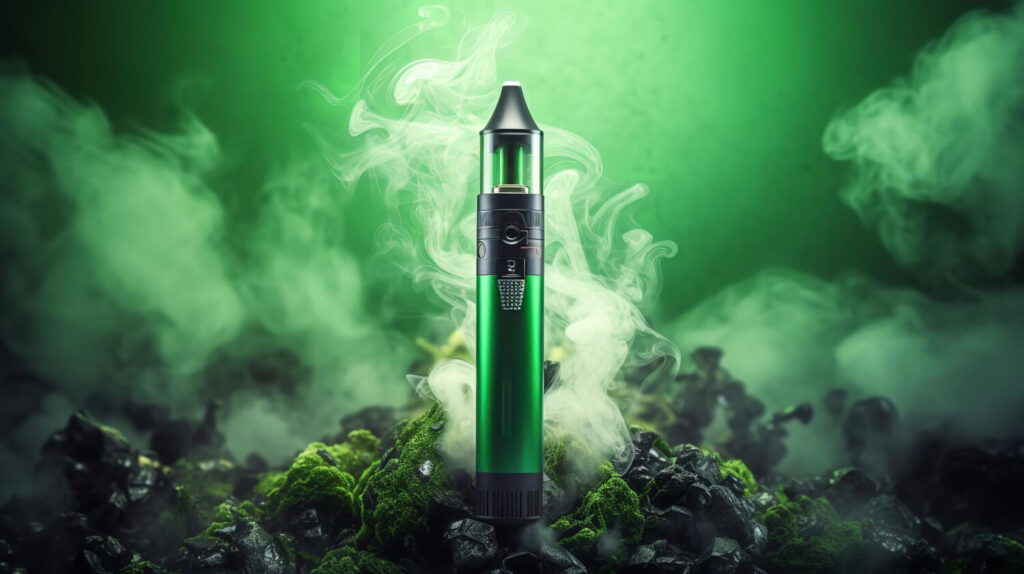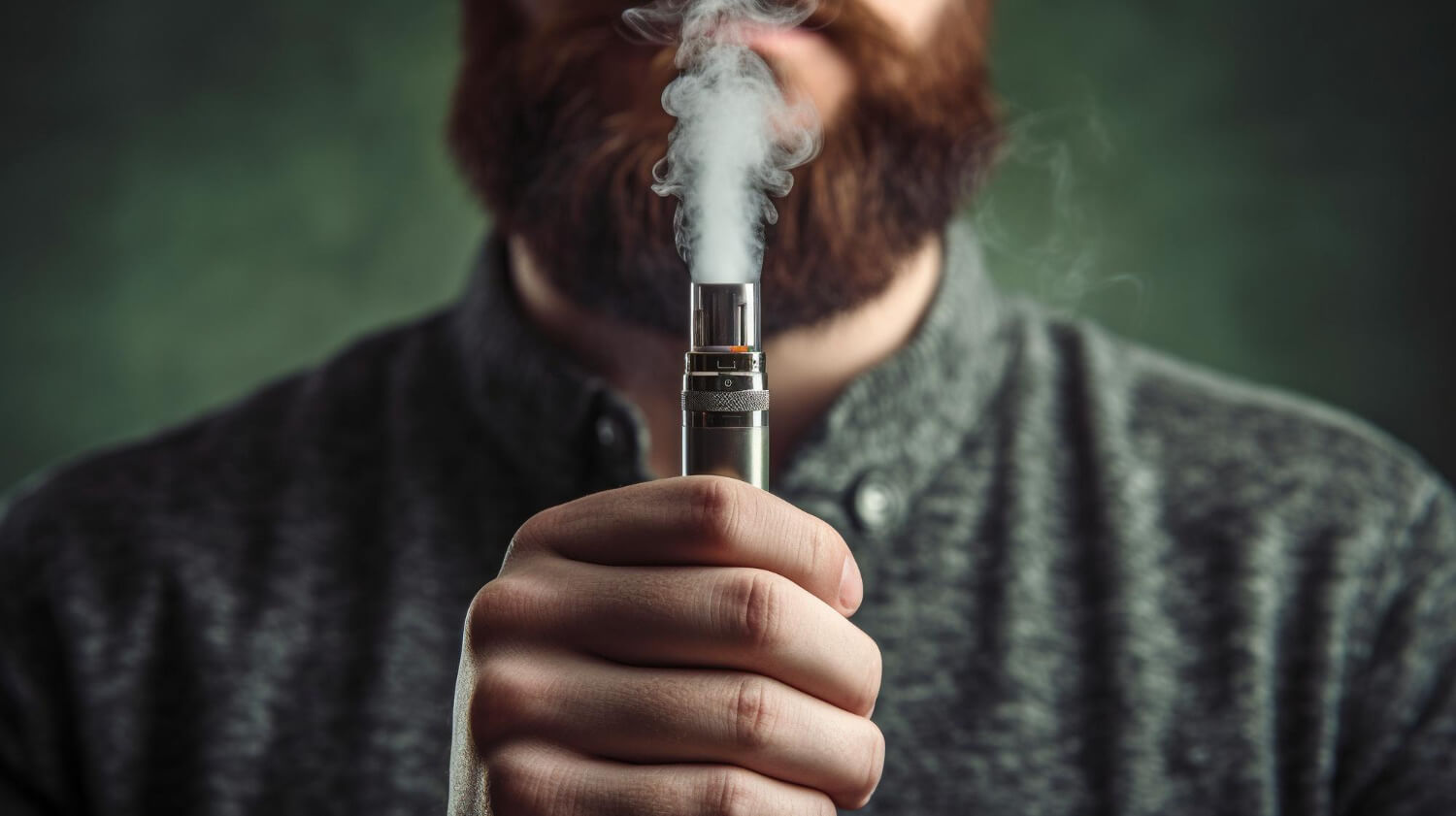Seen as a safer alternative to smoking cannabis, vape cartridges are becoming more and more popular, with many saying vaping is now their preferred consumption method. When looking to get the most out of your THC vape cartridge, using the right voltage to heat the cart is essential. If you have it set too low or too high, you’ll likely find the high lacks the punch it would have had, if you had it set in the optimal range. So let’s find out what’s the best voltage for THC carts.
The Role of Voltage in Vaping Experience
To produce vapor, vape carts rely on a resistance coil in an atomizer that pushes an eclectic current through it that converts to heat. You can think of voltage like a water faucet, the more you turn it up, the greater the flow of water, or in this scenario, electricity. A higher voltage setting means more heat will be applied to the vape cart. Without heat, you can’t unlock the cannabinoids and terpenes from the resin.
Different vaping rigs have various voltage, wattage, and temperature ranges, so it’s important to learn the best range for the type of rig you’re using. Regardless, cannabinoids and terpenes have various boiling points where they convert into a vapor, meaning different temperatures can influence the flavor, potency, vapor production, and overall high.
In general, a lower voltage will produce a cooler vape with more complex albeit milder flavors while a higher setting will produce a hotter vape with greater potency. But you need to be careful with higher settings, in particular, because you can burn through your carts too quickly.
Recommended Voltage Range for THC Carts
When first starting, most will find a voltage range between 2.5V and 3V works best for them. This range should produce a lot of flavorful vapor that packs a strong punch of effects and benefits.
Beginners and those looking to microdose should stay closer to the 2.5V side of the range, and shouldn’t be afraid to experiment with going lower, especially if the vape cart is new. This goes for terpene-rich e-carts and live resin as well due to their volatile nature that makes them very sensitive to heat.
For those who want more noticeable effects or have experience with vaping, feel free to push your voltage closer to 3V. Here you’ll notice a stronger flavor and aroma, but it likely won’t be as complex. As well, you’ll need fewer puffs that don’t take as long to pull. I like that, as long pulls tend to make my throat scratch. But too much heat can do that as well, so it’s a balancing game.
While 3V is in the optimal range, I suggest beginners try to stay away from it because not only do newer carts need less heat, but beginners are unlikely to have a consistent pull and may introduce too much airflow that can quickly overheat the cart. Not only does this burn through your product, but most vaping devices aren’t designed to constantly pull “big clouds”.
Factors Influencing the Ideal Voltage Setting
There are a variety of factors, from the viscosity of the cart’s liquid to the age of the cart that influence the ideal voltage setting. I’ve mentioned a cart’s age before, so let’s address that because it nicely summarizes the many factors.
Nearly everyone finds they use a higher voltage setting during the end stages of a cart’s life than what they started with. There are several reasons for this. As the oil in the cartridge is used up, the resistance of the heating element may change. Then the liquid can become thicker at the end — as well, there isn’t as much to hold heat. Another culprit could be that the lower-boiling-point cannabinoids were already consumed as the cartridge approaches empty, while high-boiling-point cannabinoids are still around due to using lower voltage settings early on.
All-in-all, as you can see, while the ideal voltage setting is largely up to you, it’s always a good idea to start on the lower side of the 2.5V-3.5V range. In fact, I always start lower than 2.5V and slowly increase my voltage until I find my optimal vapor (full, rich in flavor, but not too aggressive to where minor aroma notes are lost, and pleasant on the throat).
Safety Considerations and Best Practices
Another smart reason to start with a low voltage is to avoid issues such as burnt coils and overheating that can hurt both the cart and the vaping device. But that’s not all you should be doing to ensure your safety when using vape carts. One of the big appeals of vape carts is they give you the ability to consume cannabis in a healthier manner vs. smoking, so it’s important we retain that appeal.
Buy from Reputable Sources
Always purchase vape cartridges from reputable and licensed dispensaries and brands. Avoid buying products from unregulated or unknown sources, as counterfeits may lack proper quality control and could pose safety risks.
Store Properly
Limit light and heat exposure by storing your carts in a cool, dark place when not in use. Keep the carts upright to avoid them leaking, and make sure you are regularly monitoring them for any leaks.
Be Mindful of Public Spaces
I know that vape carts produce a much more discrete aroma vs. combusting flowers with fire, but that doesn’t mean it’s not noticeable or an annoyance to others. I think it’s safe to say none of us want to see marijuana be banned in places where it’s finally legal, so make sure you’re being mindful of your use and its effects on others.

Troubleshooting Common Issues with Voltage Settings
While I recommend you start with a low voltage setting, don’t be afraid to increase it if you’re not getting the pull you want. This goes for beginners too, as they may pull too lightly on the vape and not apply enough heat. Sometimes you may notice the cart gets “stuck” or clogged and needs more temperature/airflow to get the liquid moving efficiently again.
If you’re still not getting your desired pulls even after increasing the voltage/temperature, check the battery, as its charge can affect the resistance of the heating coil. In general, it’s just a good idea to learn the ins and outs of the specific vaping rig you’re using, so make sure to read any literature it comes with. As well, looking up user reports and reviews online can be helpful.
Conclusion
Thanks to their voltage dials, many vaping devices allow us to better reap all the goodies vape carts can offer. Remember, what’s an ideal voltage setting for one person, may not be for another. As well, no two carts are made the same, and that can affect just how much heat you need to apply. All this means you will want to experiment with various voltage settings, starting low to avoid burning through the cart too fast while protecting the health of the vape device. Most will find a range between 2.5V and 3V works best.





